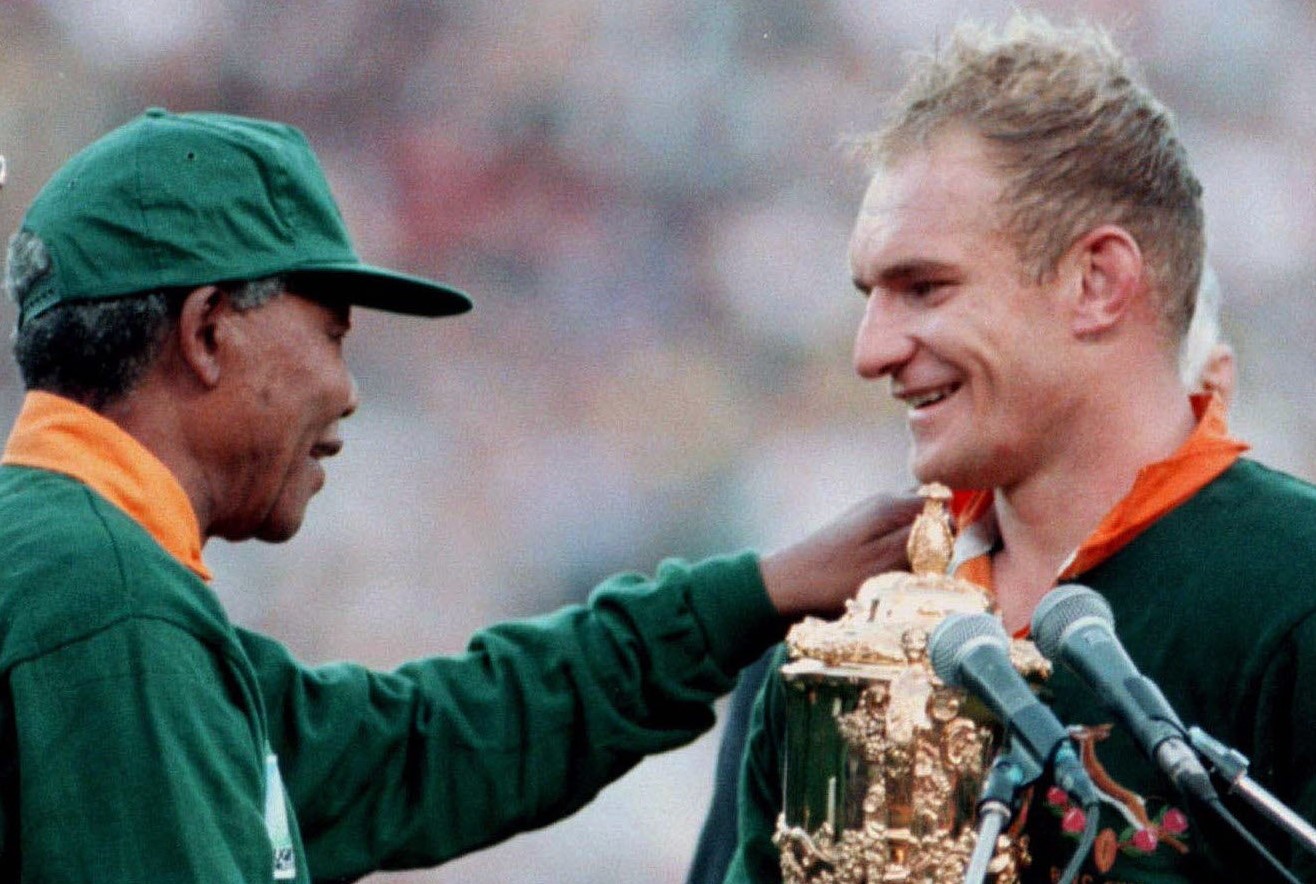Systems have tipping points – the same action taken at different times can have drastically different outcomes. Nelson Mandela was a transformative figure and had the knack of understanding the right timing. He was highly strategic. It was not so much a case of the depth or brilliance of his thoughts – although he was both deep and brilliant – but rather his ability to know the right action to take at a given time.
The first example of his sense of timing is well known. When he became President, the Afrikaans-speaking population was not on his side. They were highly suspicious and anything could have happened, including a descent into serious violence. In 1995, after years of sporting isolation, South Africa hosted the Rugby World Cup. At the time, South African rugby was still a white man’s game – ‘the quasi-religion of the ruling class’, as one journalist described it. Most black South Africans played soccer. Rugby was so closely associated with the apartheid regime that members of the African National Congress discussed stripping the team of its iconic and emotionally charged symbol, the springbok.
The World Cup final pitted South Africa against New Zealand in a stadium packed to capacity. Five minutes before the kick-off Mandela appeared on the playing field to meet the teams. He was wearing a Springboks shirt sporting the number 6, the captain’s number. The overwhelmingly white crowd surged to its feet chanting, ‘Nel-son, Nel-son.’
The team went on to defy the odds and win the championship. ‘When the whistle blew, South Africa changed forever,’ as Francois Pienaar, the Springboks captain, said. Mandela’s gesture convinced many Afrikaners that he was President for all South Africans. If he was not going to attack their cherished game, then he was not going to attack them.
The Springboks’ World Cup campaign had started with an aspirational slogan that had a clear political subtext: ‘One Team, One Country’. With an inspired gesture at an inspired moment Mandela had made it real.

The second story is less well known. Mandela spent 27 years in prison, 18 of them in the grim surroundings of Robben Island, which is situated 15 kilometres off the coast of Cape Town. In 1985, five years before his eventual release, the leaders of the white political establishment came to him and said that they were willing to release him if he would renounce his principles and retire in silence. Mandela realised the time was not right. Their offer was aimed at helping to prop up the failing establishment and he refused it.
When they finally returned in 1990 with an unconditional offer, Mandela knew the time was right. He also realised that if he tried to get agreement from the other prisoners who were his close confidants, he would not be able to come to a solution. They all had different ideas about how to approach the negotiations and take advantage of the opportunity. So he decided not to tell them. He knew them so well he could anticipate what they would accept.
He entered, alone, into three months of negotiations with the establishment, crafting a deal that he knew his fellow prisoners would accept. Only then did he take them into his confidence. They did want some changes, but they were all minor. That is how he was able to get the peace deal done. This is a fine example of a tipping point. The intervention was the same – releasing Mandela – but at different times there would have been very different outcomes. His sense of timing and a view of how the whole system operated were crucial.
Read more: Peace and Systems Thinking
This is an excerpt from Peace in the Age of Chaos: The Best Solution for a Sustainable Future by Steve Killelea – IEP Founder and Executive Chairman. To order a copy, visit www.peaceintheagechaos.org